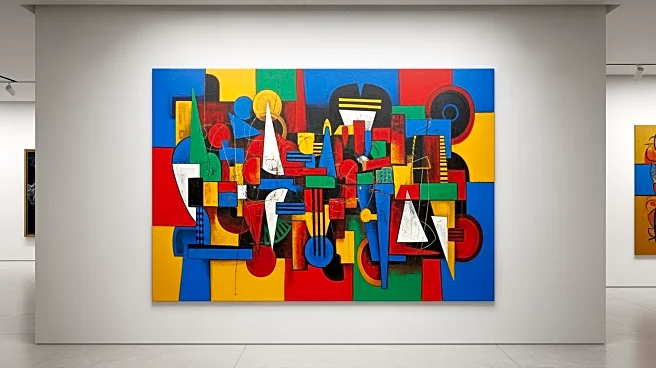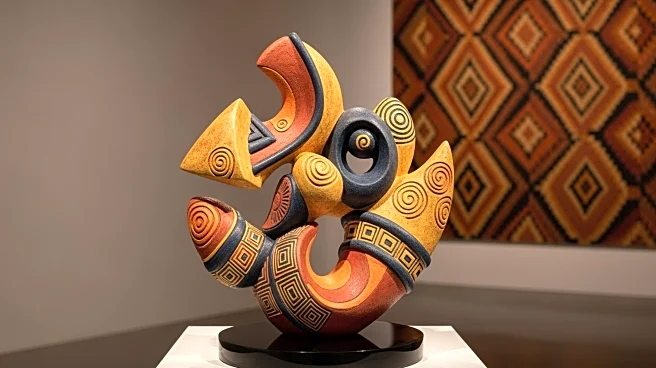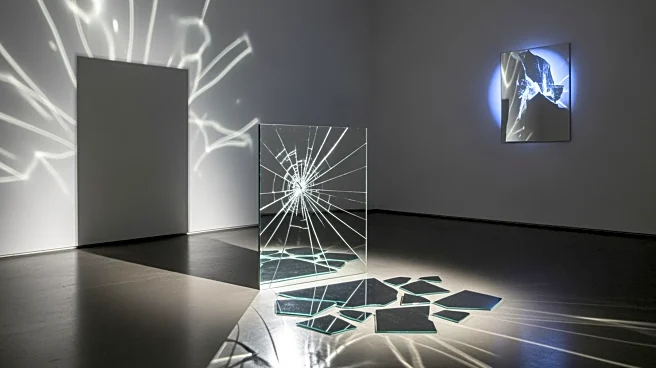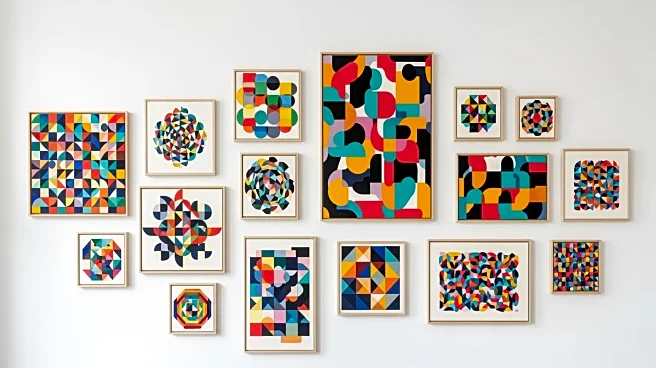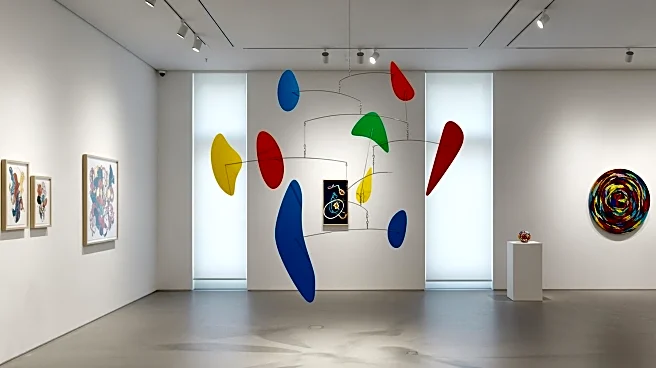What's Happening?
The Tate in London has launched an exhibition titled 'Nigerian Modernism,' showcasing the works of over 50 Nigerian artists who pioneered new styles in the mid-20th century. This exhibition highlights
the vibrant and innovative art scene in Nigeria during a transformative period in the nation's history, as it transitioned from British colonial rule to independence. Artists like Aina Onabolu, Ben Enwonwu, Uche Okeke, and Demas Nwoko are featured, illustrating the evolution of Nigerian art and its growing recognition on the global stage. The exhibition is part of a broader effort to reevaluate and celebrate Nigeria's art history, with scholars like Chika Okeke-Agulu playing a key role in this re-estimation.
Why It's Important?
The exhibition is crucial in elevating the global profile of Nigerian modern art, which has often been overlooked or dismissed as derivative of European styles. By showcasing these artists, the Tate is contributing to a broader understanding and appreciation of Nigeria's cultural heritage and artistic contributions. This recognition can lead to increased interest and investment in Nigerian art, benefiting artists and the cultural sector. It also provides a platform for dialogue about postcolonial identity and the role of art in expressing national and cultural narratives.
Beyond the Headlines
The exhibition not only highlights the artistic achievements of Nigerian modernists but also prompts discussions about the impact of colonialism on art and identity. It challenges perceptions of African art and encourages a reevaluation of its place within the global art narrative. The work of scholars like Chika Okeke-Agulu is instrumental in this process, offering insights into the complexities of postcolonial modernism and its relevance today. This exhibition may inspire further research and exhibitions focused on African art, fostering a deeper understanding of its historical and cultural significance.
